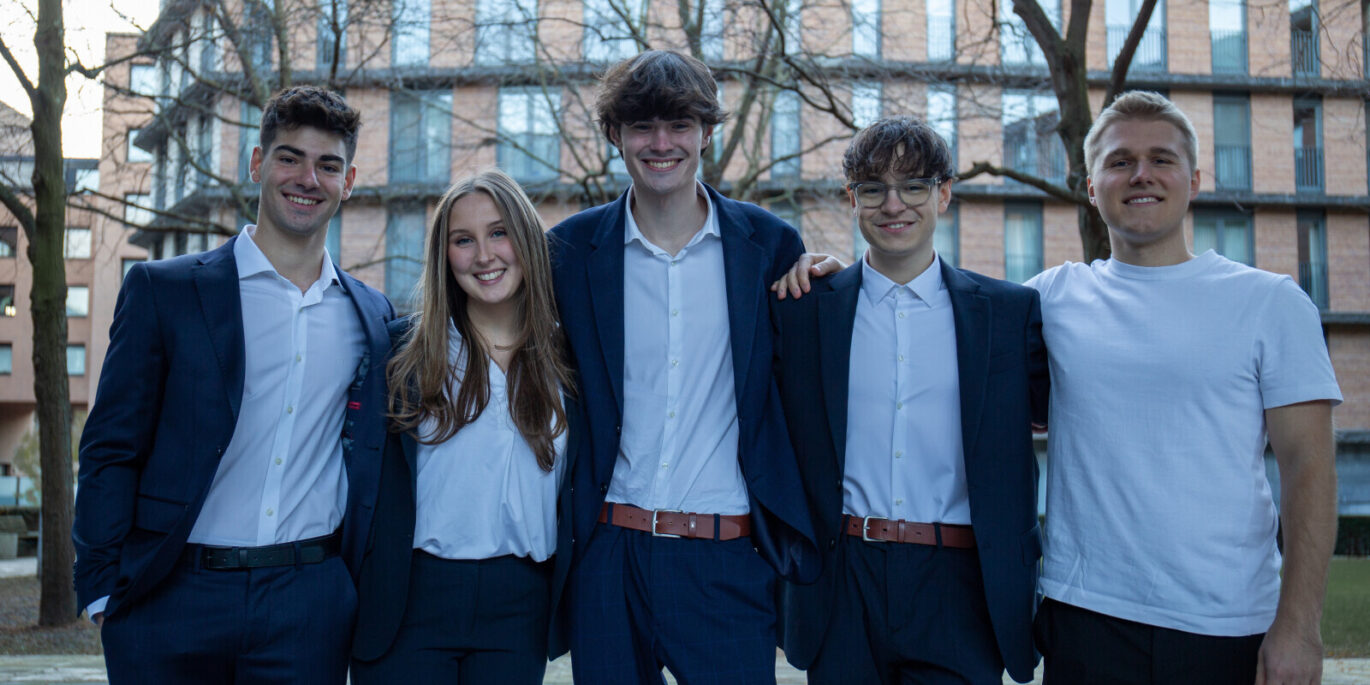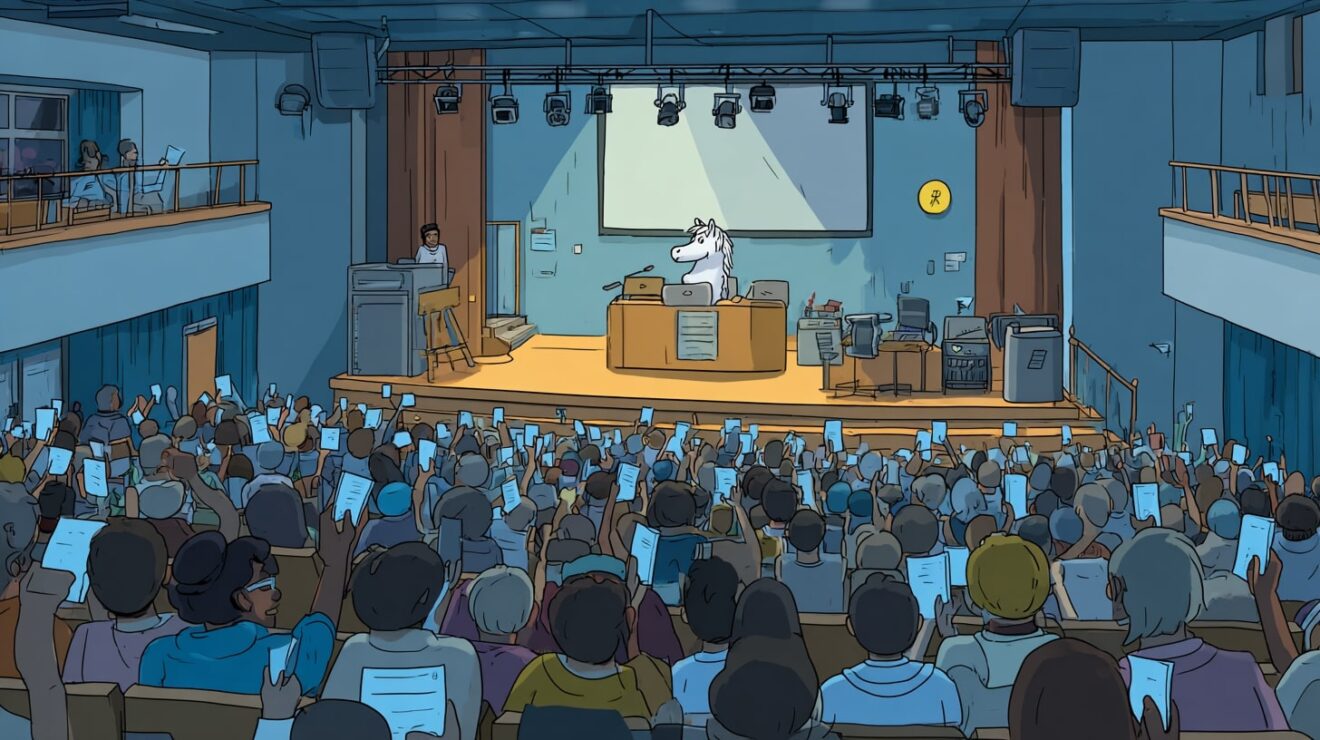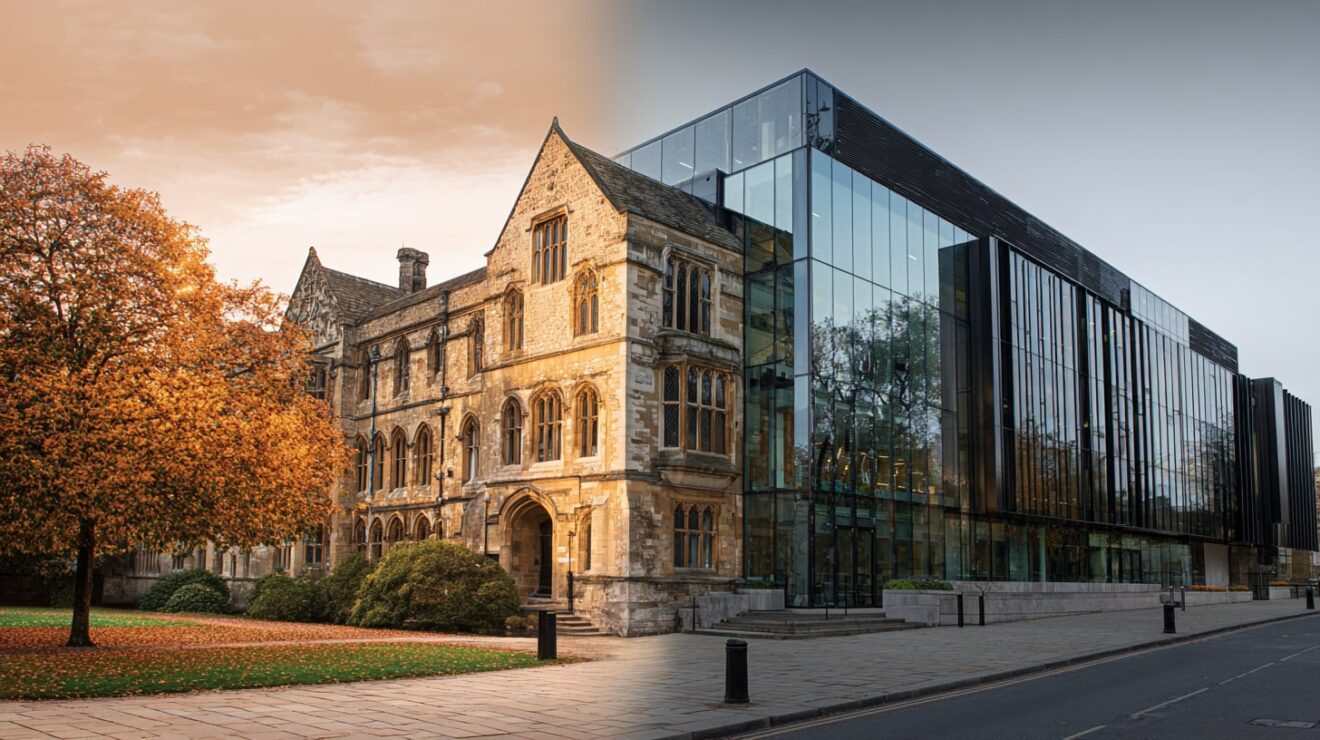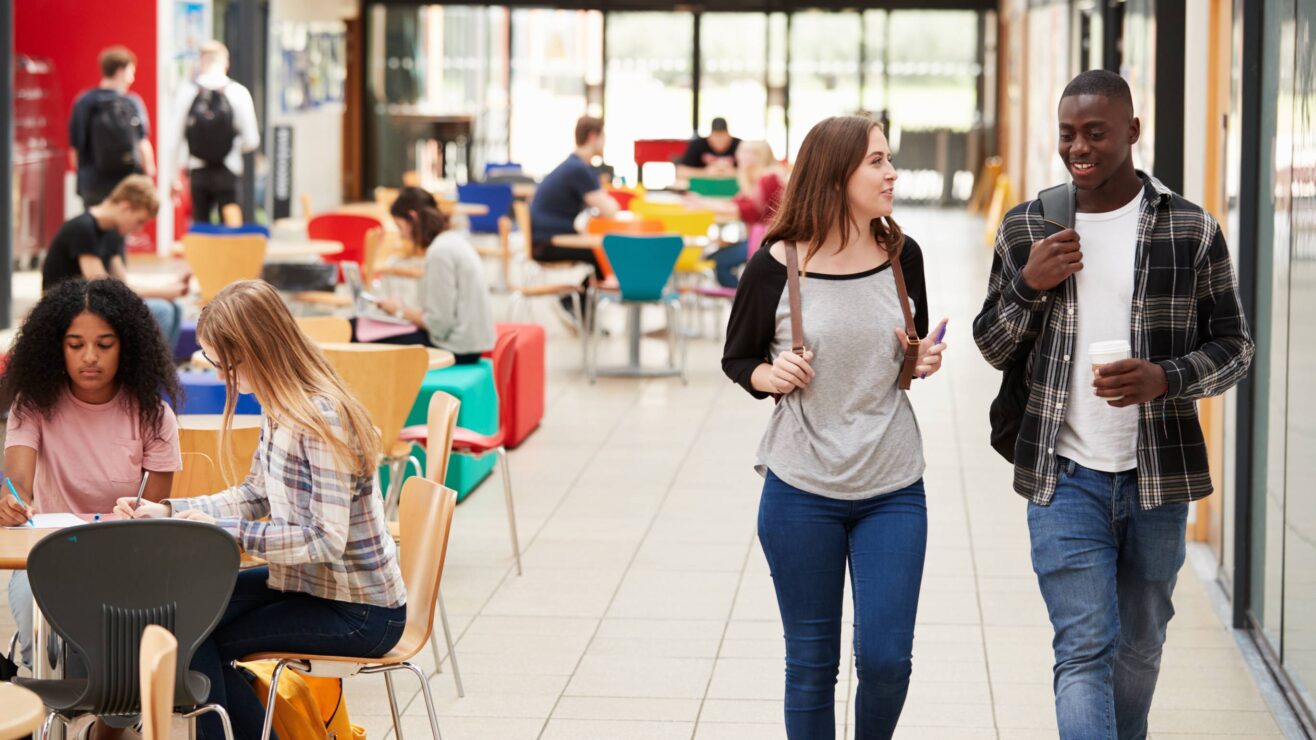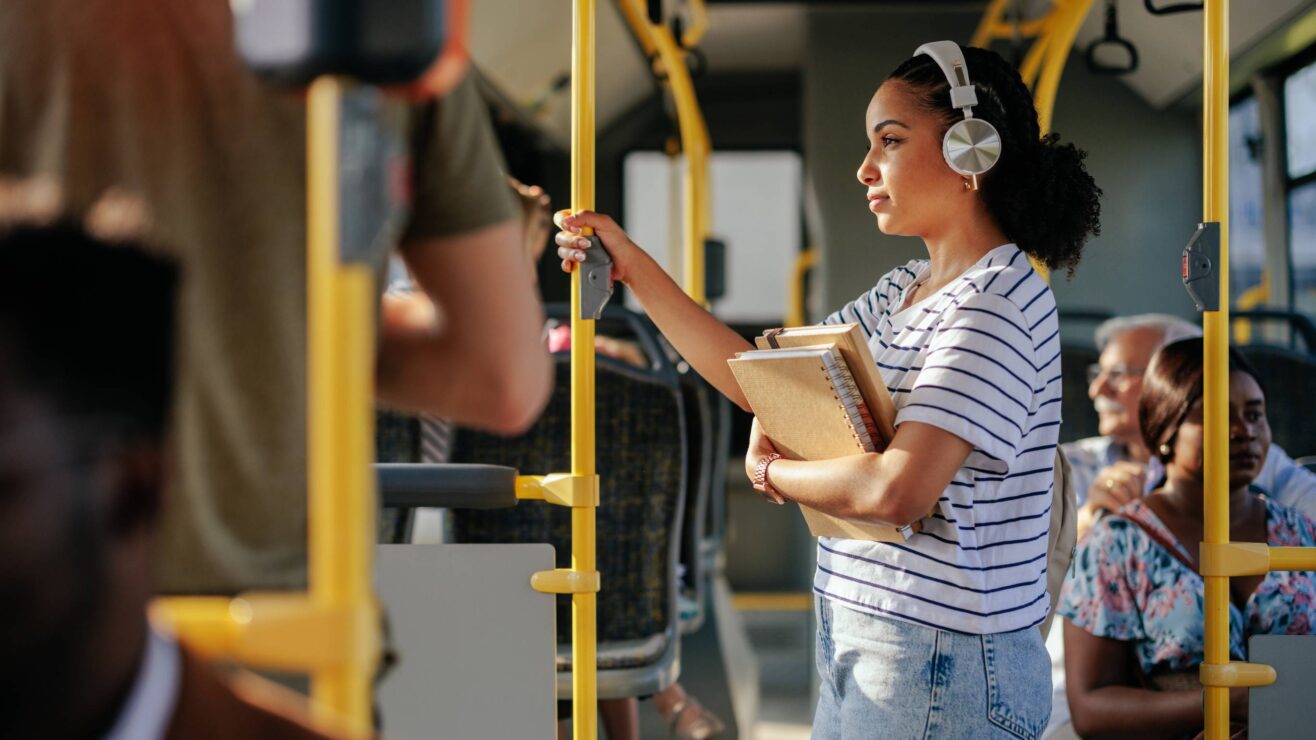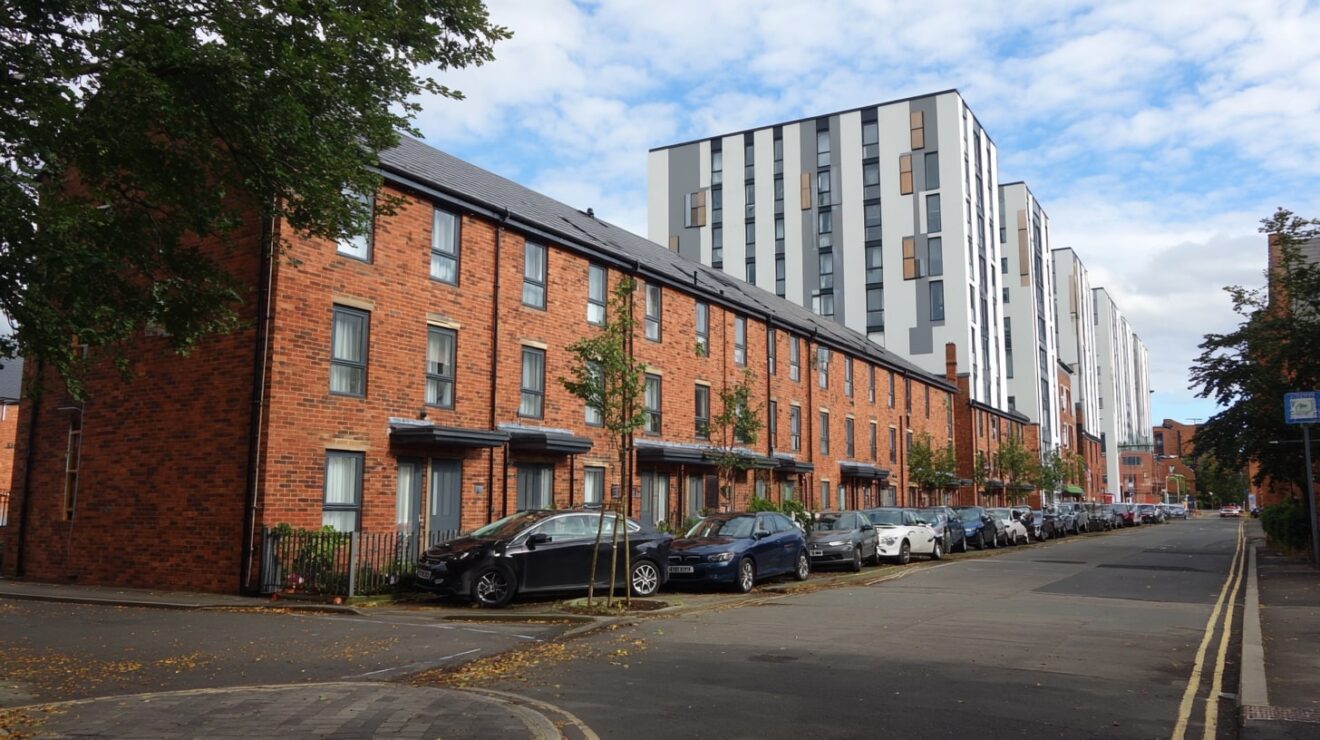How can we find the perfect recipe for high quality student lifestyle?
Imagine this. Tomorrow the government provided everything students’ unions’ have been asking for years – better resources, louder student representation, cheaper meals, everything.
What if after all of this, something still felt missing?
This is something I was thinking about a lot while away on Wonkhe’s SU tour around Central Europe.
Over the past few years, student living quality in the UK has dropped significantly, with many students feeling a squeeze on their finances, and a significant impact the quality of their learning and experience.
It’s safe to say that in comparison to the rest of Europe, students’ rights are seen as low priority, to the point where they’re not enshrined in law. But is everywhere around the rest of Europe doing it perfectly?
Low price doesn’t always mean high quality
On the first day of the tour in Zagreb, it felt as if staff members of the Croatian Student Centre (In charge of student life aspects, such as food, accommodation and support) were practically selling everything the Croatian education system has to offer.
With meals at a low cost of €0,83 a day, and €53 a month for a roof over your head, it appeared at first glance that Croatian Students are lucky to have a government that is so student focused.
However not all was as it seems. Once the Student Centre team left the room, smiles on faces, the real picture was painted. With their representation systems mainly getting complaints about quality of, you guessed it, food and accommodation, there is a debate to be had around what is more important to students – cheap living costs, or a high-quality lifestyle.
It sometimes feels that within society, students are forced to choose between the two – you can have a higher quality of living, but it will cost you more, or you can accept support and subsidy, but at the sacrifice of feeling in a comfortable position while studying.
In this scenario, it’s safe to say Croatian students are very lucky to have the support of their government, and being able to afford to live with such low expenditure has its perks.
But there is an argument to be made – that when implemented in the wrong way, it’s very easy to still make students feel third rate. Either through the quality of what they’re receiving, or their particularly low minimum wage of €5.25 per hour – as all student employment is done through the university’s jobs service.
It’s important to recognise that there are ways of putting power back into students’ hands. The first step to a high quality of student life is simply to make them feel part of society. One of the things they do well in Slovenia is that they are actively working in a way that weaves a good student experience into the communities where students are.
So rather than pour more and more money into maintenance grants or loans, their student meals subsidy voucher scheme, (which to be fair means students pay an average of €5 a meal as opposed to €0.83) sees local businesses, restaurants and even home delivery services like Deliveroo compete to get accreditation to feed students around the country.
The subsidy – from a pot of cash that also helps fund SUs – is generated in part through a tax on the businesses that employ students. But it means that students and those restaurants, cafes, bars and offices are bound much closer together – because they both work there and because their activity is helping to fund student life.
Similarly, one of the big national student events in Slovenia involves student clubs from across the country coming to the capital, Ljubljana, to showcase their work, culture and cuisine to wider society. The “Škis market” acts as a microcosm of Slovenian student culture, with cultural presentations, games and competitions, and an “International Ocean” where international students and countries showcase their own cuisines and cultural attractions.
No wonder students and their unions command political support and their own, positive legislation.
Engagement and access doesn’t have to be tick box
The key to a quality student experience, it seems, is collaboration and co-creation. While systems like the NSS and the APP are great at benchmarking where students are at (and the gaps within each individual HEI around the country) it could be argued that judging our actions on data on the impact on students alone is not a strong enough method to get students engaged.
We need to be moving towards a model where we can have an active and collaborative relationship with local communities, authorities and governments, rather than worrying about the logistical hoops we have got to jump through to achieve our end goal.
With no need to constantly prove impact and reach, and no theories on how change can close an access or success gap, Slovenia seems to have reached a point where they can instead just focus on meaningful action.
Some of the work we saw on display from the Student Organization of University of Maribor (ŠOUM) did just this – focussing on the highlights students wanted to see more of, as well as ways in which students can be supported in feeling part of a much wider community.
Their venue, the ŠTUK, acts as a multi-purpose student-run space and is at the heart of the many extra-curricular activities they offer. Their staple student festivals celebrate arts and light.
Outside of extra-curricular activities, they offer free student-led “counselling” (they means advice) to their students to ensure a sense of belonging is felt among students. In particular their Student Work Brigade – which helped rebuild bits of the country after devastating floods – brings in an element of philanthropy, helping with basic but essential jobs around the country. And this for me is where the real shift begins.
The second step to ensuring students feel like a crucial part of society, is to literally make them a crucial part of society. When students are given a platform to do their bit and help the wider community, not only do they feel a sense of self worth, but the entire student body suddenly grows in value to the local community.
In its current form, it’s easy for students to feel bottom of the pile, unnoticed, and lonely. But by bringing them into the heart of the community, everyone suddenly has a chance to see a sense of worth. And it’s this community building that is necessary in parts of student culture, to build characters of self confidence, self drive, and mobility within the student body.
So what can we learn?
There is one key ingredient in this recipe, that other countries have got the hang of, while we instead fall behind, and that is a collaborative working relationship with government – local, regional and national.
As a country, we need to recognise data, facts and statistics, and then put them aside so we can get to work with the dirty work. Data, facts and stats are great toppings to understanding the life of a student, but without the dough, the messy hard work, there is no base for this work to be founded on.
In SUs its so easy to be scared and held back by the elephant in the room, charity law. But just because everything we do must work towards our objectives, it doesn’t necessarily mean end of story for community outreach. Work needs to be done to empower our students to see their own self-worth.
By actively supporting students’ campaigns in Raising and Giving, as well as providing plenty of volunteering opportunities for students to take autonomy over the skills they discover, maybe, just maybe, the product of our “student life pie” will be something to look forward to.





